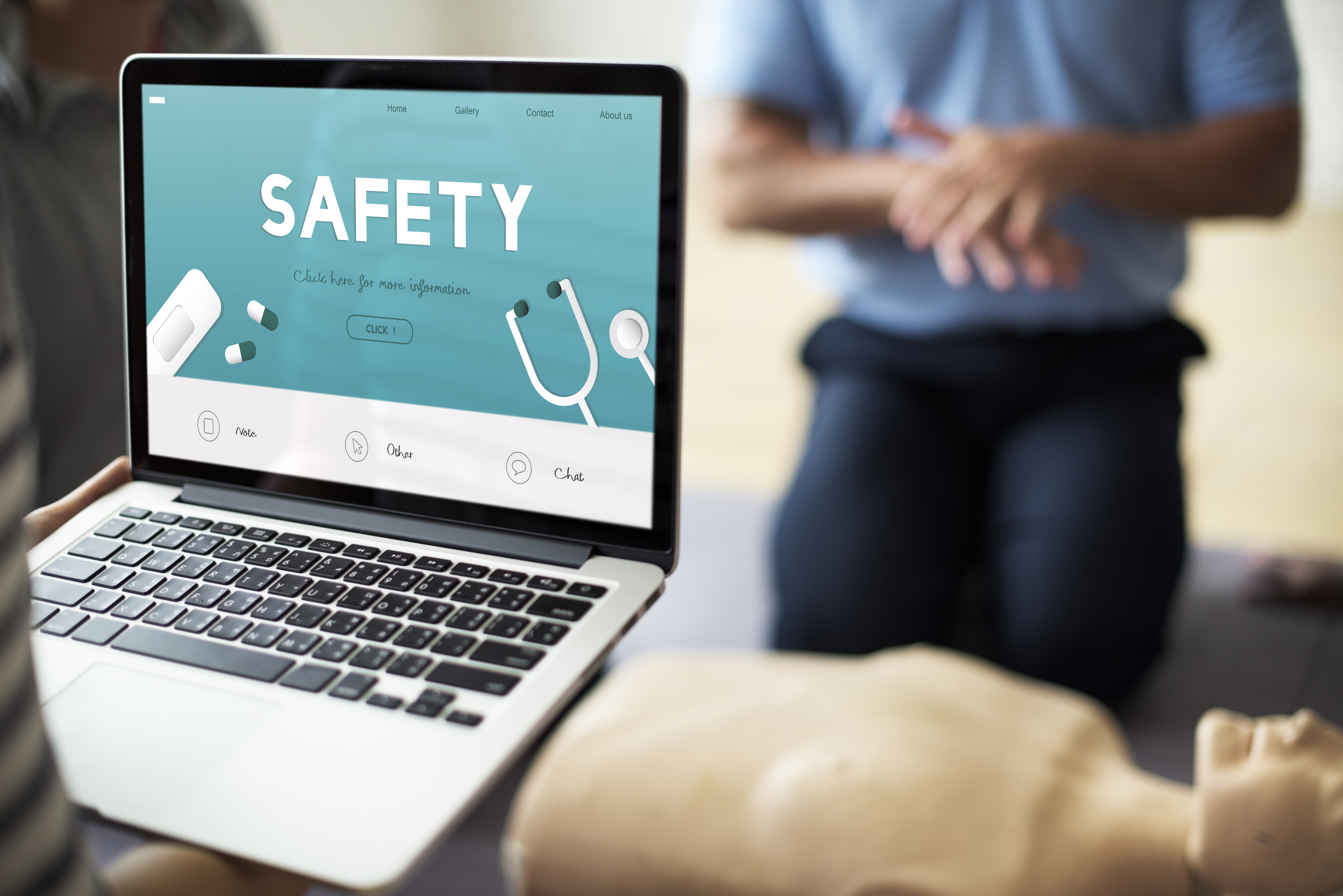
In the dynamic and highly regulated work environments, keeping up with safety standards is more than a necessity—it's a responsibility. Whether you’re a healthcare professional, team leader, or part of a larger workforce, health and safety e-learning provides a practical, accessible solution to meet training requirements and promote a culture of safety. With the increasing adoption of digital tools across sectors, online health and safety training has become the go-to method for employers and employees seeking flexibility without compromising compliance. Through certified e-learning health and safety courses, professionals can now upskill anytime, anywhere, with measurable results.
Why Online Health and Safety Training Matters
From hospitals and construction sites to office spaces and manufacturing units, workplace safety is a top priority across all industries. Traditionally, health and safety training involved in-person sessions, printed manuals, and time-consuming scheduling. However, digital transformation has changed the landscape.
E-learning health and safety courses allow for:
Self-paced learning
Real-time assessments
Instant certification
Centralised tracking for employers
This shift not only saves time and cost but also ensures consistent, up-to-date training material that’s easy to access and scale.
What You'll Learn in a Health and Safety Awareness Course
A typical health and safety awareness course conveyed online incorporates foundational information that applies over different work situations. Whether you are a modern representative or portion of a refresher program, the course prepares you with center competencies such as:
Understanding wellbeing and security enactment
Distinguishing potential work environment dangers
Chance appraisal methods
Fire safety and evacuation protocols
Personal protective equipment (PPE) guidelines
Reporting incidents and near misses
These modules are typically interactive and designed to test knowledge through quizzes, scenario-based learning, and instant feedback.
Tailored E-Learning for Different Roles
One of the greatest benefits of online training is its ability to be customised. From frontline staff to supervisors and health & safety officers, each role can receive targeted content aligned with their responsibilities. For example:
Healthcare workers might receive training focused on infection control, manual handling, and needle safety.
Warehouse or factory staff may cover chemical handling, machinery operation, and physical hazard awareness.
Supervisors are frequently prepared in chance administration and legitimate compliance.
This role-specific approach guarantees that health and safety compliance training is pertinent, proficient, and impactful.
Benefits of E-Learning in Wellbeing and Security Compliance
When actualized viably, online health and safety training improves both hierarchical proficiency and worker engagement. Here’s how:
Cost-Effective:
No travel or printed materials required.
Trackable Advance:
Bosses can screen preparing completion and execution.
Administrative Compliance:
Makes a difference businesses meet industry and legitimate measures.
Negligible Disturbance:
Preparing can be completed amid downtime or in sections.
Progressed Maintenance:
Intuitively substance boosts information maintenance and review.
In regulated environments, digital records also simplify audits and documentation, providing peace of mind to both management and compliance teams.
How to Get Started with E-Learning Health and Safety Courses
Select a Trustworthy Platform:
Hunt for licensed suppliers that offer up-to-date, CPD-certified substance.
Characterize Preparing Needs:
Survey your team's parts and recognize which courses are fundamental.
Plan Adaptably:
Use the on-demand nature of e-learning to adjust with group accessibility.
Screen & Assess:
Utilize dashboards and detailing instruments to track completion rates and execution.
Whether you're an person looking to boost your continue or a supervisor mindful for a group, e-learning offers a organized, user-friendly way to accomplishing preparing objectives.
Conclusion
Within the advanced workforce, information is power—and security is non-negotiable. With health and safety e-learning, associations and people alike can get to dependable, compelling, and adaptable preparing arrangements that meet administrative requests and cultivate a culture of proactive care. From early on mindfulness courses to role-specific compliance programs, online preparing makes security both adaptable and maintainable.
Xpress Health supports professional growth and safe working environments by connecting healthcare professionals to the right career and nursing shifts—backed by access to essential training resources.